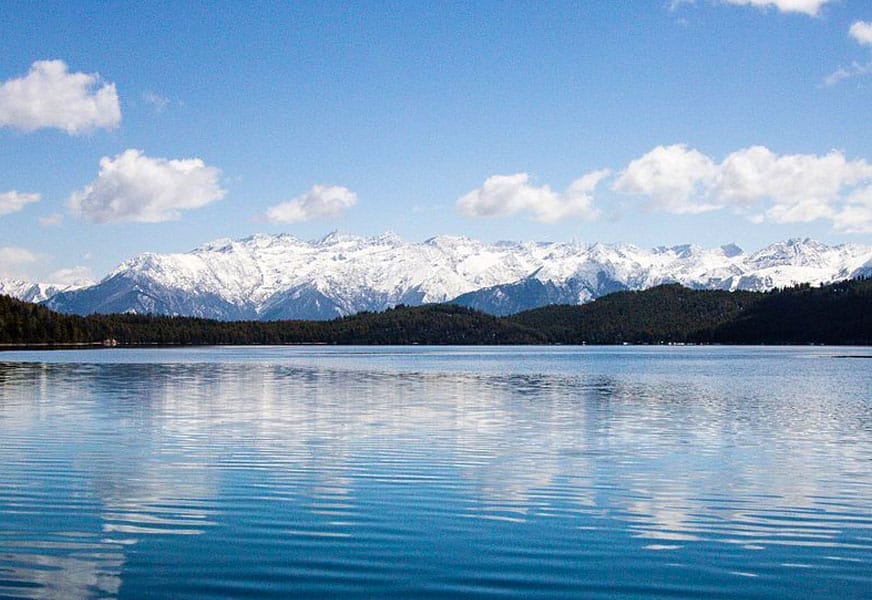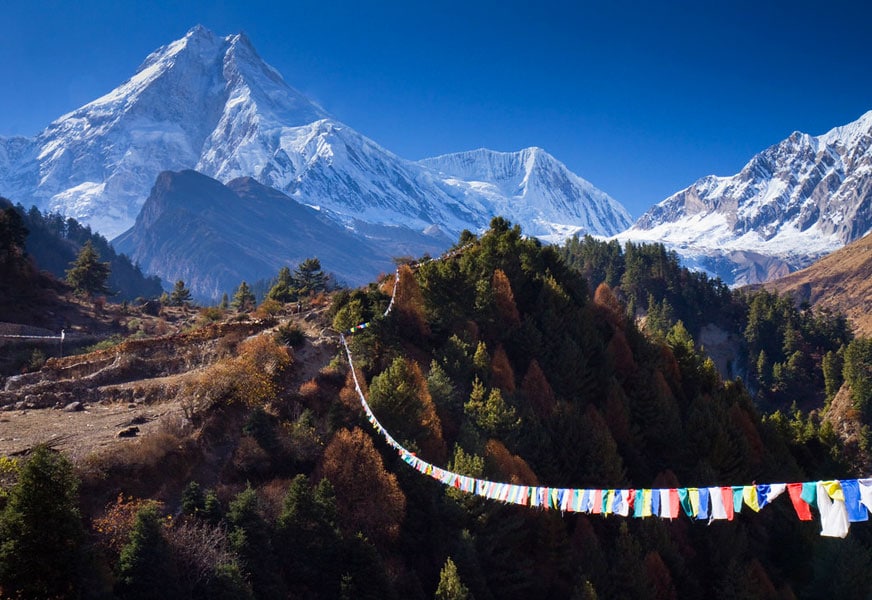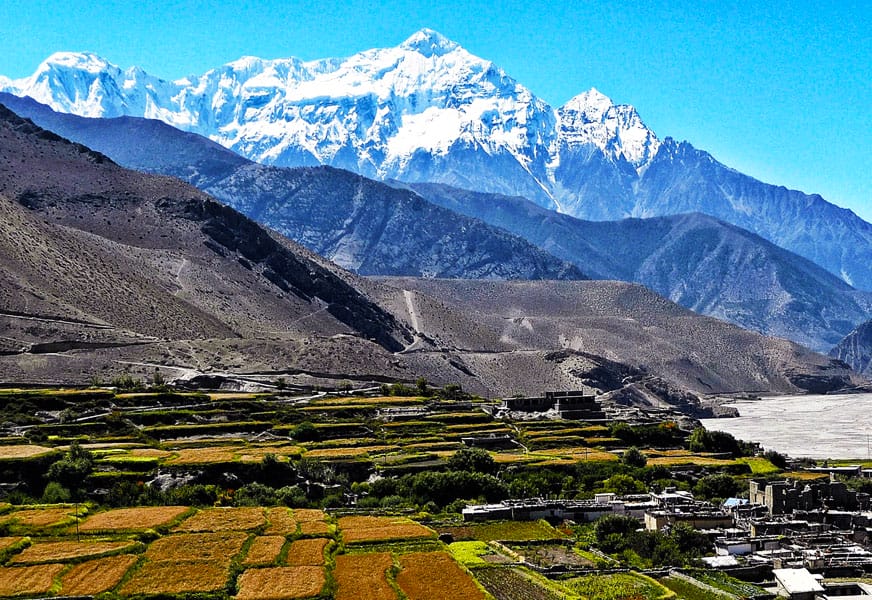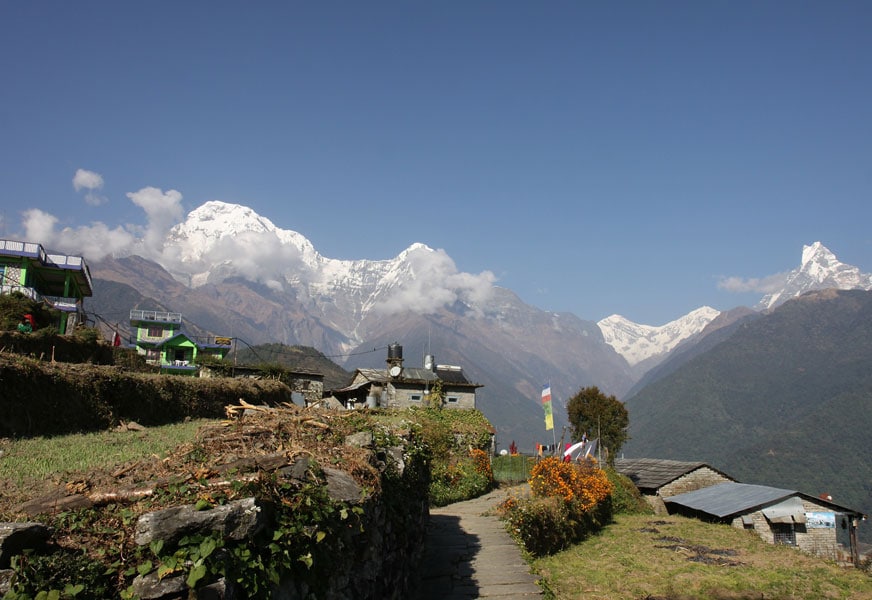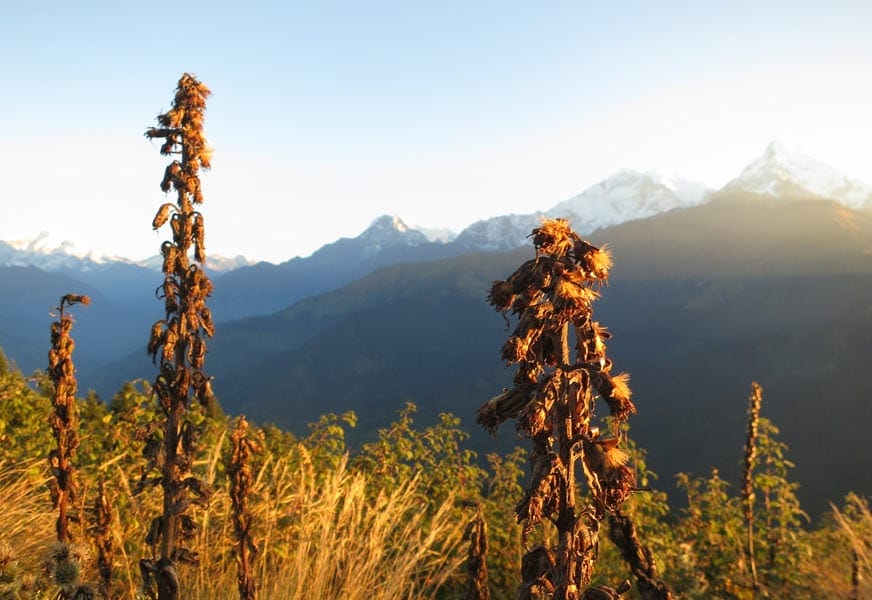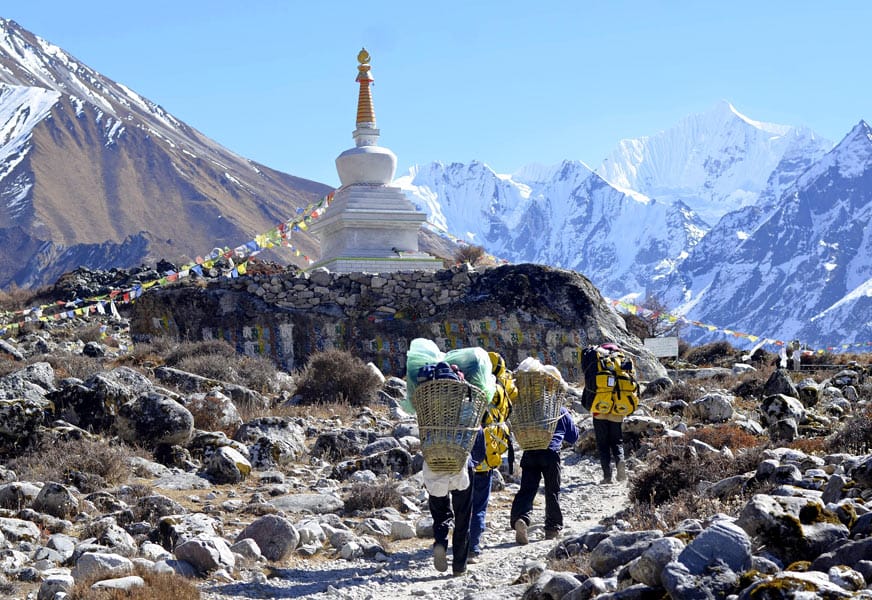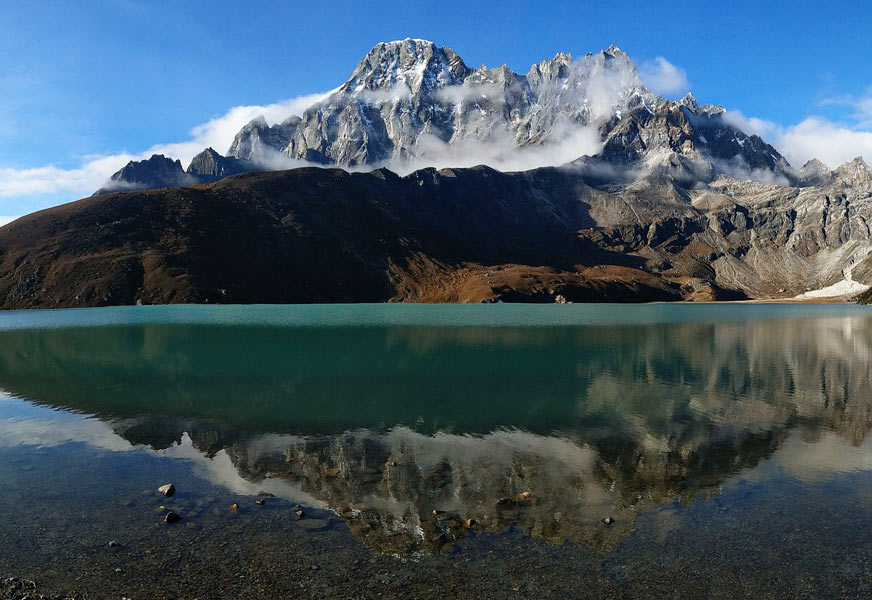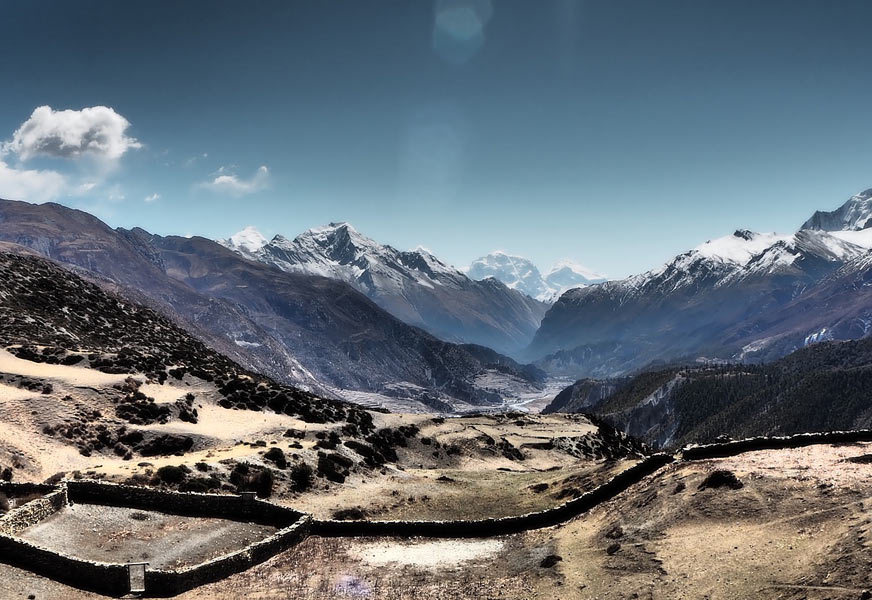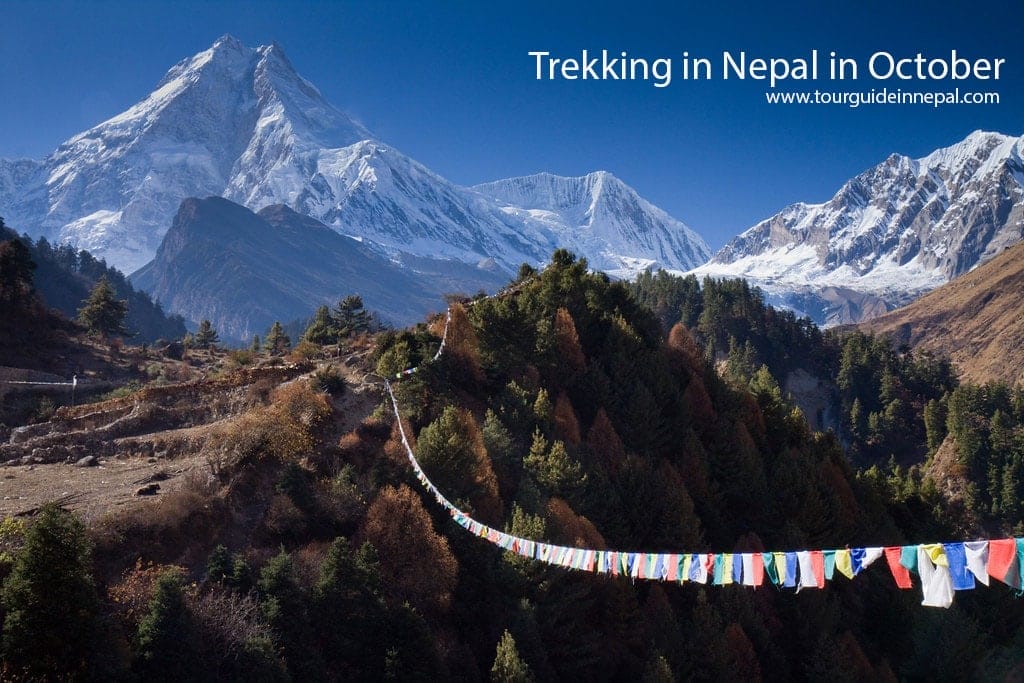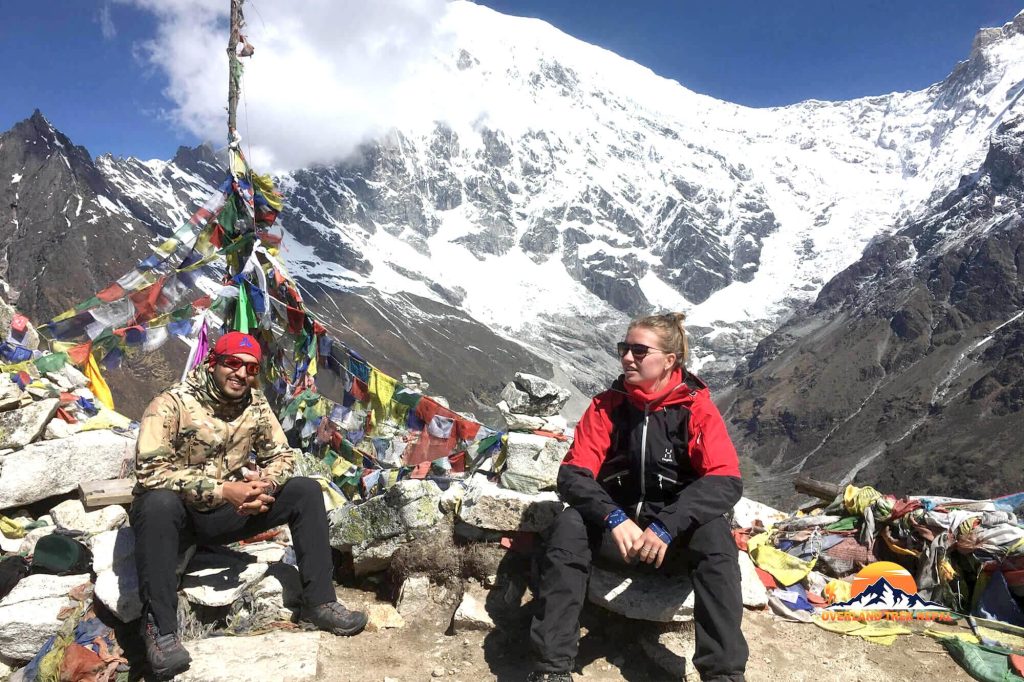Rara Lake, glistening atop the Jumla and Mugu district, is a tourist attraction, scenic hub and spiritual oasis all in one. At an altitude of 3029 m, it is also Nepal’s largest and deepest lake.
Rara Lake in Nepal has been a favorite travel destination for international as well as domestic tourists. Here, you can experience fascination with pure nature as you relax to the gentle waves lapping against the shore and drink in the magnificent lake views from the surrounding cafés and viewspots.
It’s remote location has been a concern for a lot of people who want to get a glimpse of this scenic haven. However, flights operating regularly from Kathmandu-Nepalgunj-Talcha Airport flight route have helped visitors to enjoy short trips to this region.
Granted, that owing to its remoteness and scarcity of tourist friendly amenities, you will have a challenging hike. But this means that these routes are seldom frequented meaning you have the trail and the whole stretch to yourself. And since this trail is in low altitudes compared to the other treks, this will literally be a walk in the park for you.
The trail from Jumla to Rara passes through Sinja. Jumla is famous for its apple orchids and tasting apples from these parts will make you lose taste for apples anywhere else. As you make your way from Jumla and Sinja, you will come across other interesting villages like Gorusingha, Sinja and Jaljala. These villages offer you a glimpse of the unique khas traditions and customs.
Before you can reach the lake, you have to cross the Rara National Park, which is a 2 hour pleasant walk through the alpine canopies. These forests are very tranquil and walking through here will get you in touch with your core.
Rara National Park
The Rara National Park has unique floral and faunal species. The park was established in 1976 to preserve the beauty of the lake and protect it from sedimentation and adverse human activities. Some endangered species of wildlife like the Red Panda, Leopard Cat, Musk Deer, Grey Wolf, Blue Hare, Himalayan Wild Boar and the famed Red Panda feel at home here.
Crossing the threshold of these canopies, you will set foot, perhaps on the world’s most beautiful high altitude lake. Its crystalline blue waters glistens in the sunlight and you will be left wondering if what you are seeing is a place on earth. This is no exaggeration.
You can choose to carry with you a tent so you can stay overnight to enjoy the gentle waves as it glistens in the moonlight with the surrounding forest fragrance and cool northwestern Himalayan breeze to amp up your heavenly stay.
During the day, you can go boating in the clear waters, hike to nearby hills for a closer view of the snow-capped mountains, get acquainted with charming local people, or just walk around watching out for wildflowers or a rare bird along the way.
The lake holds few endemic animal species like Nepalese Snow Trout, Rara Carp, Rara Snow Trout Rara Lake frog, all unique to this region alone.
The villages in the Rara region are characterized by their harmony with nature, which remains a part of them. This trail leads you through remote countryside toward the Tibetan border.
A journey into the Jumla region and the beautiful Rara Lake is probably one of the most fascinating treks in the Himalaya range undisturbed by hordes of trekkers and remains an untouched piece of region even to this day.

